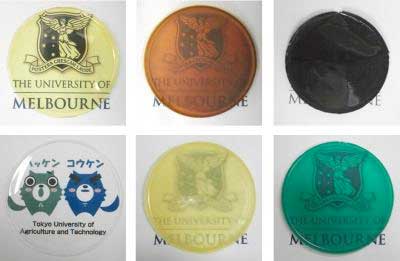| Posted: Nov 17, 2017 |
Evaluation of novel nanoparticle-containing hybrid membranes for carbon capture
(Nanowerk News) Carbon dioxide (CO2) capture remains a priority in many countries as the world seeks to address climate change. In particular, the most recent report from the Intergovernmental Panel on Climate Change shows that geological storage of carbon dioxide is required for all scenarios that can meet 430 - 550 ppm CO2 atmospheric concentrations (Working Group III, IPCC 5th Assessment Report, 2014).
|
|
Membrane technology is one approach being investigated globally for the cost-effective capture of the carbon dioxide. However, to be successful, the membrane materials require high gas permeability and selectivity as well as long-term performance stability.
|
|
Although a large number of gas separation membrane materials have been reported for CO2 capture in the last few decades, most have been tested under ideal conditions. However, real industrial gas streams contain impurities such as water vapor, hydrogen sulfide, sulfur dioxide and nitrogen oxide.
|
 |
| Hybrid membranes composed of a polyimide combined with porous nanoparticles including carbons, metal organic frameworks and a porous organic polymer have been evaluated. (Image: Tokyo University of Agriculture and Technology and The University of Melbourne)
|
|
We have investigated the resilience of hybrid mixed matrix membranes in the presence of these impurities (Journal of Membrane Science, "Effects of industrial gas impurities on the performance of mixed matrix membranes"). We found that the hybrid membranes prepared using porous organic polymer nanoparticles were resilient to these impurities, whereas those containing metal organic framework nanoparticles were less stable.
|
|
This means that they can be effective in gas separation applications such as natural gas sweetening, biogas purification and post-combustion carbon capture, when these acidic gases are present. These results will allow scientists and engineers to select the right materials for these applications.
|

